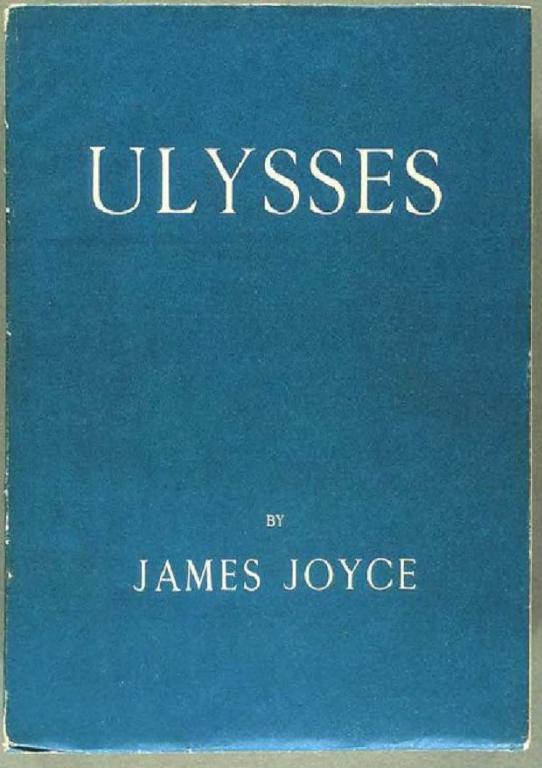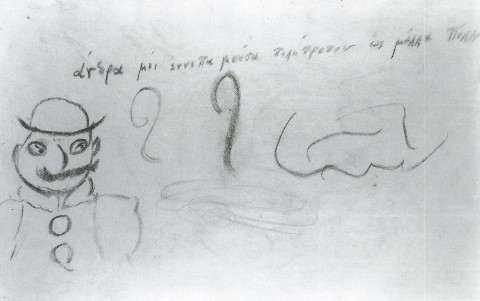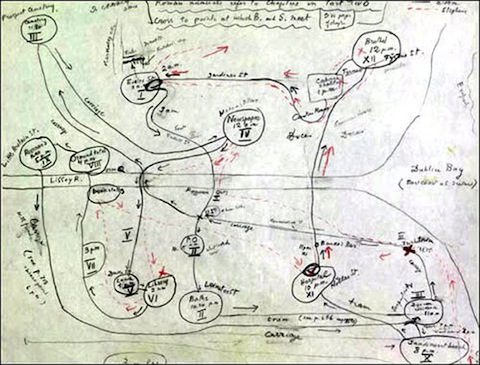My first exposure to Pink Floyd’s rock opera The Wall left me feeling nothing less than astonishment. And though I never had the chance to see the outrageous stage show, with its very literal wall and giant inflatable pig, the film has always struck me as a suitably dark piece of psychodrama. Over a great many subsequent listens, the melodramatic double-album can still blow my mind, but I’ve come to feel that some of the strongest material are those songs penned jointly by Roger Waters and David Gilmour, and those are relatively few. (Mark Blake quotes Gilmour as saying “things like ‘Comfortably Numb’ were the last embers of mine and Roger’s ability to work collaboratively together.) The bulk of the album belongs to Waters, its autobiographical details and personal themes, and the album and film can sometimes feel as stifled and claustrophobic as its protagonist does. This is either a creative failing or a brilliant melding of form and content.
Inspired by an incident in which an exasperated Waters spat on a rowdy fan at a stadium show in Montreal during the band’s 1977 “In the Flesh Tour,” The Wall documents the painful rise and even more painful fall of a fictive rock star named, of course, Pink (played by Bob Geldof in the film version), whose life closely parallels Waters’, down to the spitting. It has always seemed an odd irony that Waters responded to the alienation of touring massive stadiums by creating a stadium show bigger than anything the band had yet done, but it speaks to the bassist and singer’s grandiose personality and obsessive desire to turn his angst into theater. Oftentimes the results were spectacular, other times bombastic and confusing (at least to critics, some of whom are easily confused). The recording of the album, as many well know, strained the band almost to breaking, and by many accounts, Waters’ imperiousness didn’t help matters, to say the least.
All of the behind-the-scenes drama may or may not eclipse the drama of the album itself, depending on your level of fandom and interest in Pink Floyd biography. Lovers of Waters’ epic rock dramaturgy will find edification at the extensive online critical commentary Pink Floyd The Wall: A Complete Analysis, an online work in progress that delivers on its title. For a very brief account of the story behind the story, co-producer Bob Ezrin’s interview with Grammy.com offers perspective from someone involved in the project who wasn’t a member of what came to seem like The Roger Waters’ Band. Ezrin describes The Wall as “Roger’s own project and not a group effort,” and his own role as “a kind of referee between him and the rest of the band.”
In the beginning we had a very long demo that Roger had written. We started to separate out the pieces, and when we looked at the storyline we realized what we needed was a through line, something to get us from start to finish.
Ezrin recounts that he “closed [his] eyes and wrote out the movie that would become The Wall,” handed the script out to the band, and marked songs missing from Waters’ demo as “’TBW’—‘to be written.’” (Among those songs was “Comfortably Numb.”)
The recordings at the top of the post—which surfaced in 2001 with the title Under Construction—represent a step in The Wall’s evolutionary development between Waters’ rudimentary demos (short excerpts above) and the completed album. (See the Youtube page for a complete tracklist. Contrary to the uploader’s description, Roger Waters certainly does not play all the instruments.) While Under Construction has generally been referred to as a “demo,” Rick Karhu of Pink Floyd fanzine Spare Bricks expresses his doubts about the use of a term he takes to denote “a fairly polished recording”: “Demos are not rough recordings or works-in-progress […]. I doubt very much that Under Construction is a demo of The Wall.”
It’s too rough around the edges—at times shockingly so—to be strictly considered a demo recording. At points, things are haphazardly edited together. Songs cut off abruptly, fade unexpectedly or drop out entirely for a moment as if someone at the mixing desk hit the wrong button at some point. Vocal tracks peak-out, often causing anguish to the listener’s ear drums. Some instrument lines (mostly the bass guitar) meander through the background as if the person playing is making up the part as they go. Equalization is nonexistent on most tracks. Overall, most of it sounds like a 4‑track recording by a band who has only the vaguest notion of how the equipment works.
Lest we take this description as disparagement, Karhu clarifies: “It is precisely for those reasons […] that I love them dearly and consider them one of the most valuable, unauthorized Floyd recordings to be unearthed. Ever.” Many Youtube commenters agree, some even arguing that these rough sketches are superior to the final polished product. It’s a debate I won’t weigh in on, though I will say that like Karhu, I enjoy the lo-fi raggedness of this version of The Wall. It seems to convey the emotionally frayed edges of these songs in a way the slick production of the studio album may not at times. Either as a mere document of the album’s early history or an alternate, fragmented—and hence more traumatized—take on The Wall, this unofficial version is haunting and strange. Does it perhaps better represent Waters’ desire to make his psychic unease into art? We invite you to judge for yourselves. And if, like me, you can listen to “Comfortably Numb” (and that incredible guitar solo) on repeat for hours on end, you may be interested to hear David Gilmour discuss the song’s composition in the interview below.
Hear more demo tracks on YouTube here.
Related Content:
David Gilmour & David Bowie Sing “Comfortably Numb” Live (2006)
Watch Documentaries on the Making of Pink Floyd’s Dark Side of the Moon and Wish You Were Here
Hear Lost Recording of Pink Floyd Playing with Jazz Violinist Stéphane Grappelli on “Wish You Were Here”
Josh Jones is a writer and musician based in Durham, NC. Follow him at @jdmagness.





